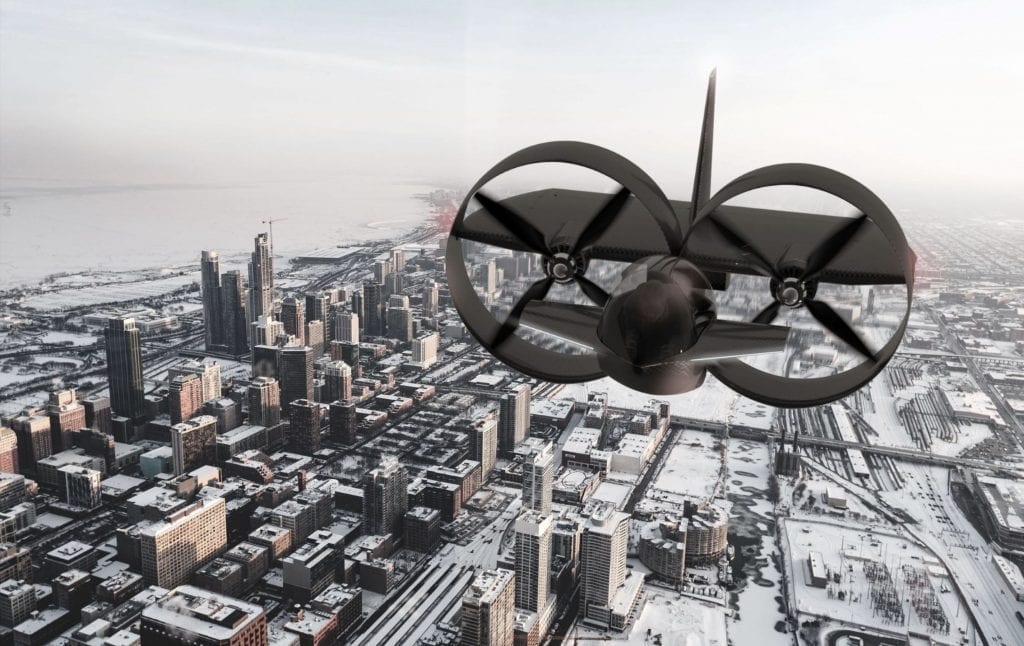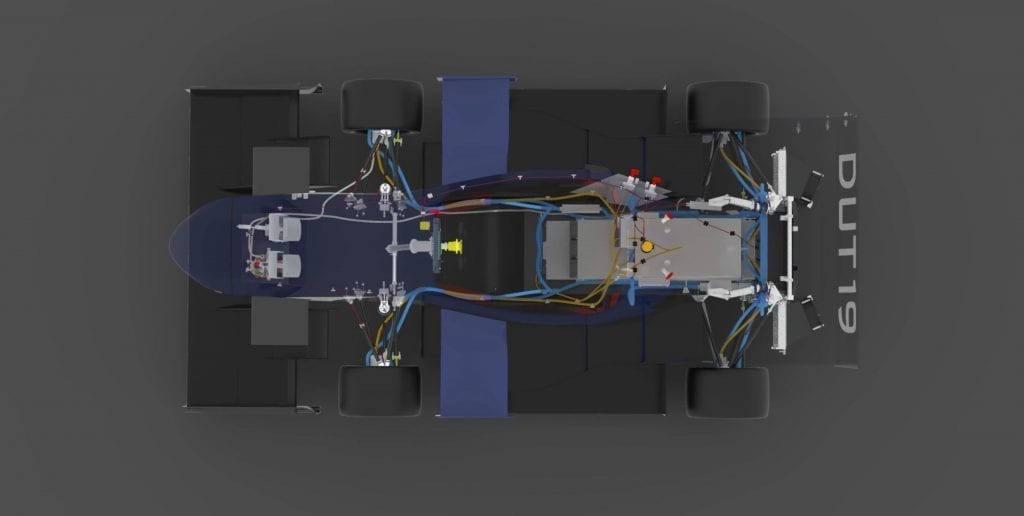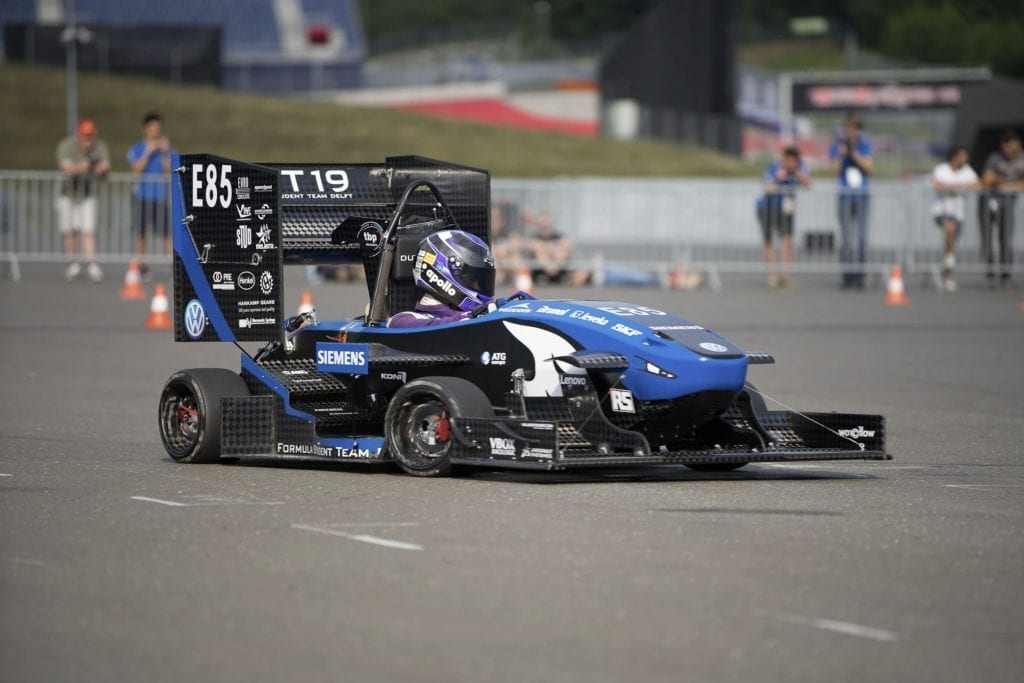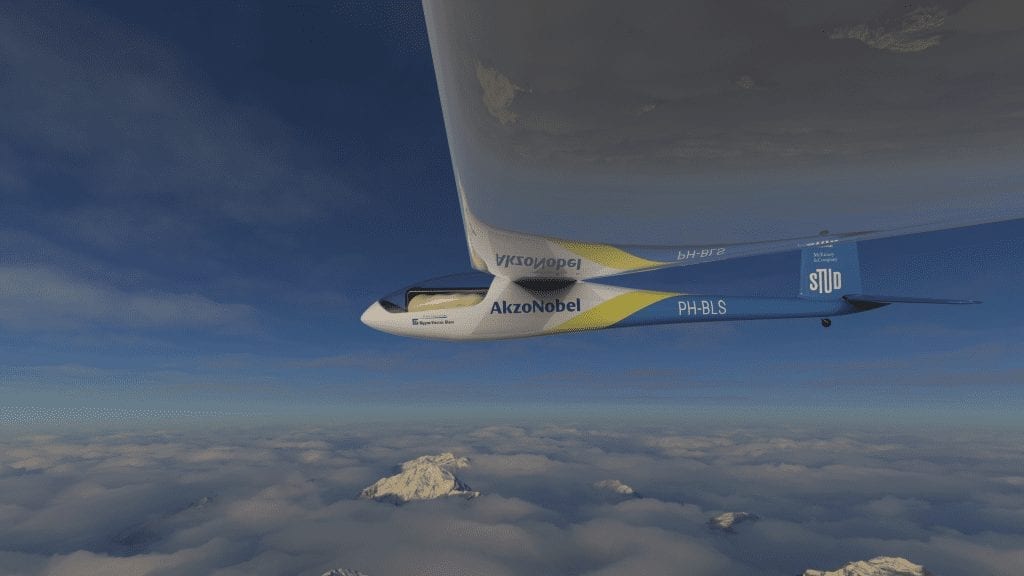From flying vehicles to driverless racecars, the students at the Delft University of Technology in the Netherlands are designing innovations that may, one day, change the way we drive, fly, and travel. In the hands of these students, an ordinary airplane becomes powered by liquid hydrogen; a Formula style racecar becomes fully automated and electric; and personal flying devices leap from the imagination into reality. The future of transit undoubtedly looks bright.

Just looking at the students’ prototypes is enough to blow your mind. One team is creating a zero-carbon emission aircraft prototype that runs solely on liquid hydrogen. Another devised the “Silverwing,” a fully autonomous and electric “personal flying device.” Then there is the 21-year-old Formula Student Team Delft, which is creating both a driverless and electric Formula style racecar.
All of the teams are supported by Lenovo, which recognizes the importance of “giving students the tools to create innovations and push the boundaries of what we know today,” says Pierre De Witte, Workstation Manager BeNeLux at Lenovo. Lenovo outfitted the teams with a series of Lenovo workstations and accessories, which help the students manage the huge amount of data generated during tests — data your average laptop could just barely manage.
“At TU Delft, you don’t have this commercial pressure behind these projects like at a company,” De Witte explained. “The only thing students need to focus on is purely the innovation. That’s our interest at Lenovo: stimulating young people to try to innovate — and give them the right tools.”
For the Formula Student Team Delft (FSTD), those tools include a series of Lenovo computing hardware and monitors. Any new software they create, they test on Lenovo workstations. And high-quality tech makes a world of difference, explains team manager Jasper Hagesteijn. The project is incredibly data-heavy and requires computers that can match the speed of the car in processing power.

“If we use our own laptops, running these simulations would go 20 times slower,” he said. “Anytime we want to make a small change, you have to test it first. And we can do this continuously with Lenovo, rather than having to wait for the software to process — time which adds up.”
Each year, the roughly seventy-person FST designs a new car from the ground up. That means countless hours spent creating the engine, tweaking the tires, configuring all the electronics. And electronics is the key word here. The current car prototype is entirely electric — a groundbreaking move for Formula style racing. Whereas Formula 1 still races with gas-powered vehicles.

Throughout the school year, FSTD showcase their prototypes at a series of races. In 2015, they won the most formidable of these competitions, Formula Student Germany. But it’s not so much about winning races as the lessons gleaned along the way.
“We effectively train students to be racecar engineers,” says Hagesteijn. “A lot of knowledge we give our teammates flows directly into the sport.”
According to Ruben Forknik, a member of Silverwing, the team that developed a personal flying device, it’s possible we may see personal air travel as they’ve envisioned it in “20 years, maybe even 10.” The need is certainly there.
“The road is 2D, but the air is 3D, which allows for so much more space,” he explained. “Traffic jams will be a thing of the past with flying cars, and certainly my generation will see them become a reality.” And because so few people know how to fly, the Silverwing is fully automated, of course.

Speaking of things that fly, AeroDelft is developing a plane that runs solely on liquid hydrogen. Liquid hydrogen is vastly unlike the kerosene most airplanes use to fly — it can be created with solar power and when used for electric propulsion in flight, its only emission is water vapor. With the airplane industry currently generating 1 billion tons of CO2 emissions annually, the liquid hydrogen technology has the potential to completely upend the industry.
“Our future flies in clean skies.” says AeroDelft team manager Jan-Willem van Zwieten.
What makes all these innovative teams so successful, you might ask? According to Hagesteijn, “It’s a combination of love of sport and pure excitement.”
Lenovo plays no small role in all of this. “The power of our workstations allow users like these teams to go beyond what is the normal,” said De Witte. “But what we even love more, is the power of the people who use them. It’s not only the workstation that matters. It’s the people who use them that are changing the world.”
